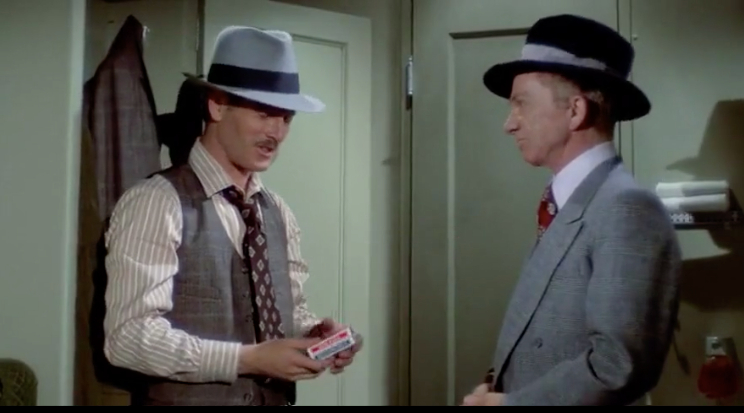I got an email yesterday from Parker Worth, whose online profile describes him as “just a guy with a neck tattoo.”
Maybe Parker’s a bit more — he’s got an online audience of over 70,000 people spread across X and LinkedIn and his email list, and he’s built a nice business on the back of it, teaching people how to write online.
Parker is apparently reading my new 10 Commandments book. He wrote in to say:
===
Loving the book so far man.
Super refreshing especially in the age of AI Amazon garbage.
Will give it a solid review once finished
===
On the note of AI garbage, a telling story:
While doing research for this book, I was looking for articles that discuss the use of misdirection in the movie The Sting, which I reference a few times in the book.
Not only did The Sting win the 1973 Oscar for best original screenplay (and Hollywood screenwriters are one of the disciplines I profile in my book) but the movie is a realistic depiction of how con men used to play the “big con” (and con men another group I profile in the book).
So while looking for something on the use of misdirection in The Sting, I found a 2,000-word blog post, published in mid 2024, that discussed exactly this topic in depth.
At first, the blog post seemed highly relevant to what I was looking for and had me nodding along.
Gradually a few small tells started to show — odd discrepancies with character names and plot twists from the actual movie, which I’ve seen a bunch of times and know well.
Finally, as the blog post recapped the climax of the movie as it never happened, I realized this was completely made up AI garbage, which had nothing new or unique or even true to say about what I was interested in. Realization made, I cursed at my laptop for a few minutes and made particular note of this blog to make sure I never come back there and waste my time again.
Point being:
You can fool some of Bejako some of the time, but you can’t fool all of him all the time.
I’m not sure what my point is beyond that except to say, these days, it’s more important than ever to give people something that feels real.
This is not new with AI. It started long before, with the ability to automate your communication (via things like email autoresponders), and even before that, with mass media that allowed one person to speak to thousands at the same time.
None of us wants to feel cheap, cheated, or used.
That’s why I spent so long doing research for my tiny new book, reading dozens of other books, watching hours and hours of obscure videos on YouTube, digging through 100-year-old newspapers, and thinking up how to integrate my own real-world experiences from my past and present careers of writing sales copy, picking up girls on the street, and selling myself to prospective clients on sales calls.
I discarded ten times the material that I finally deemed was actually good enough to include in the published version.
That’s ok. I believe all this research and prep are a major reason why I’ve heard from so many people, like Parker above, who tell me that they love the book. If you would like to see if you might love it as well:

